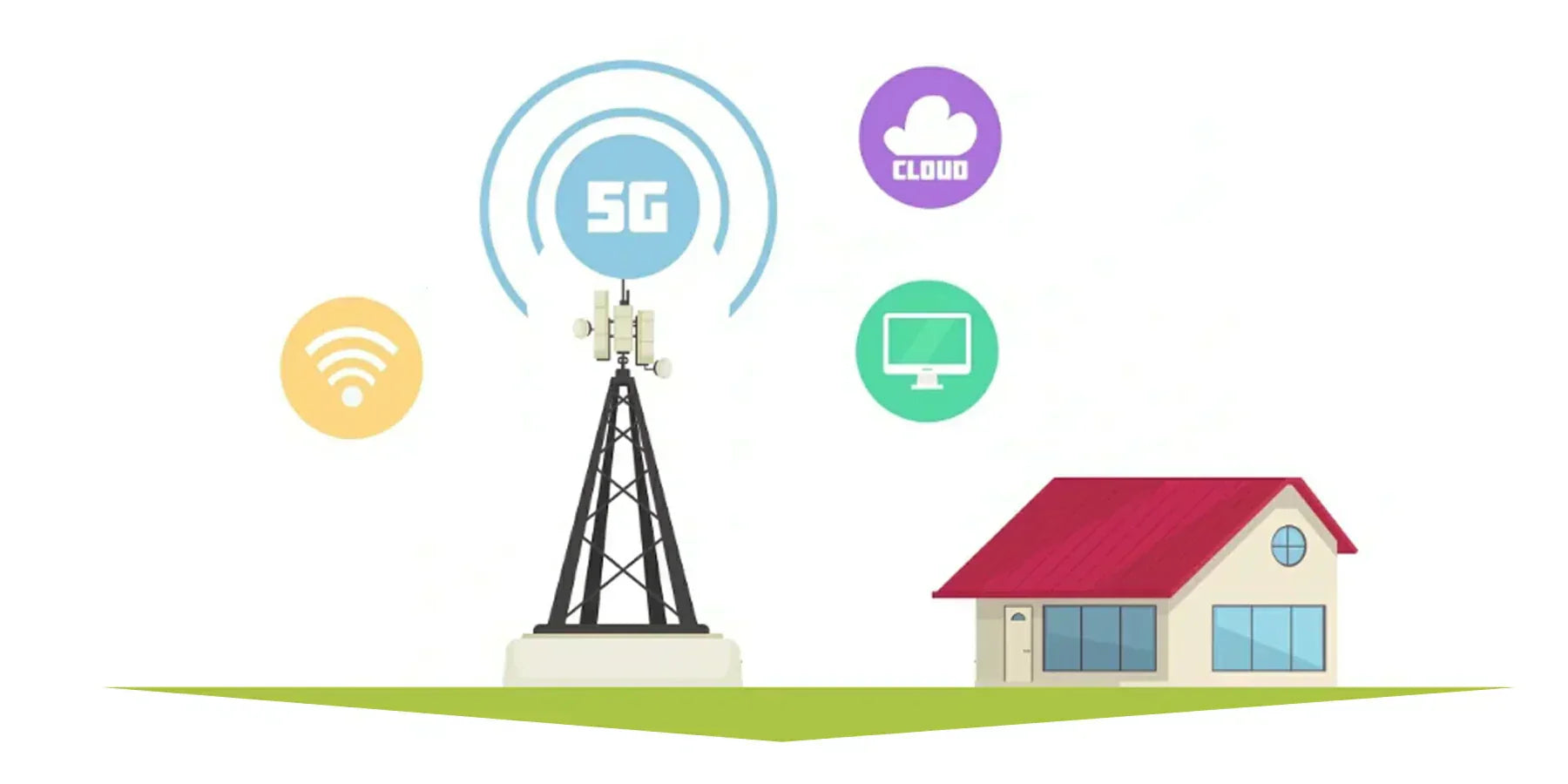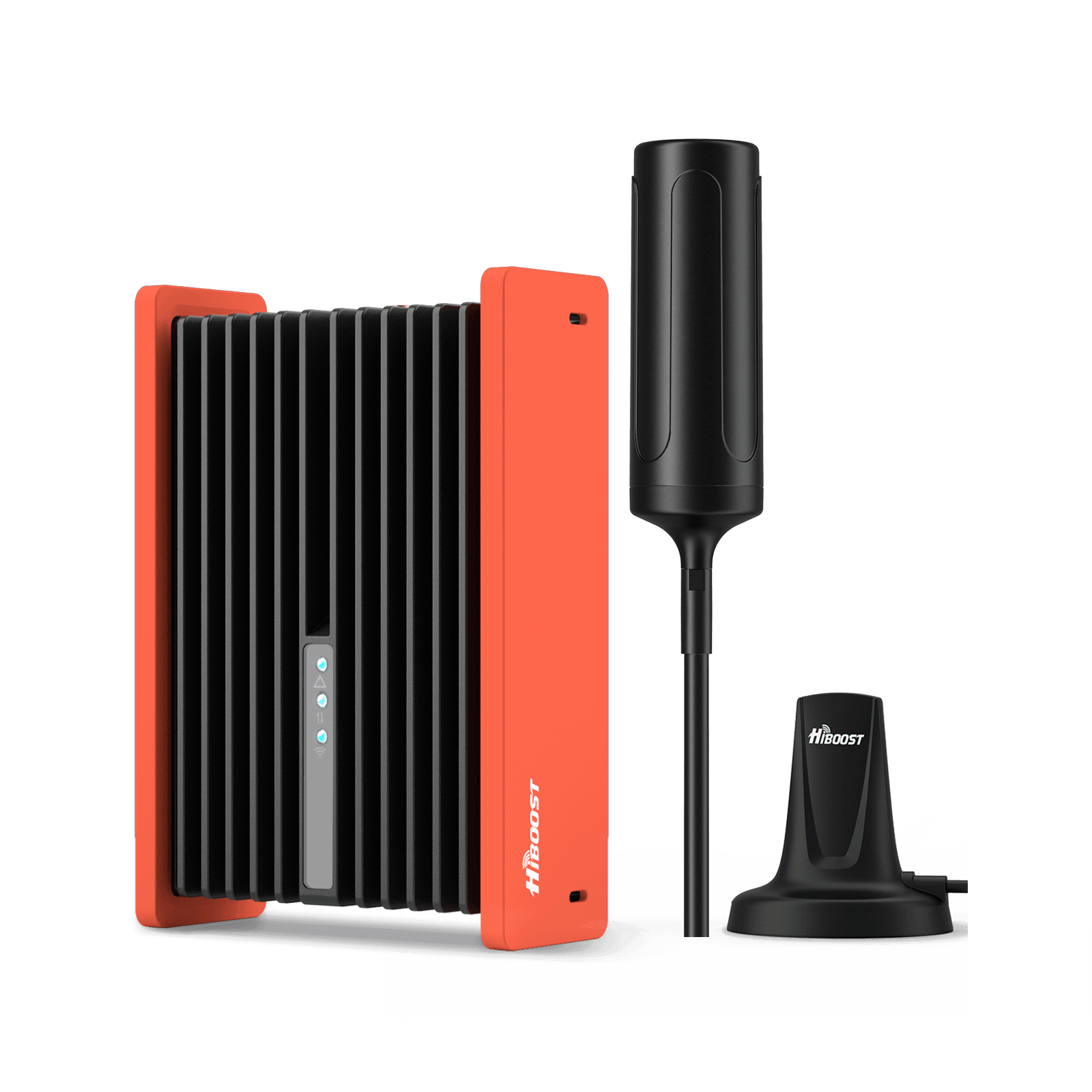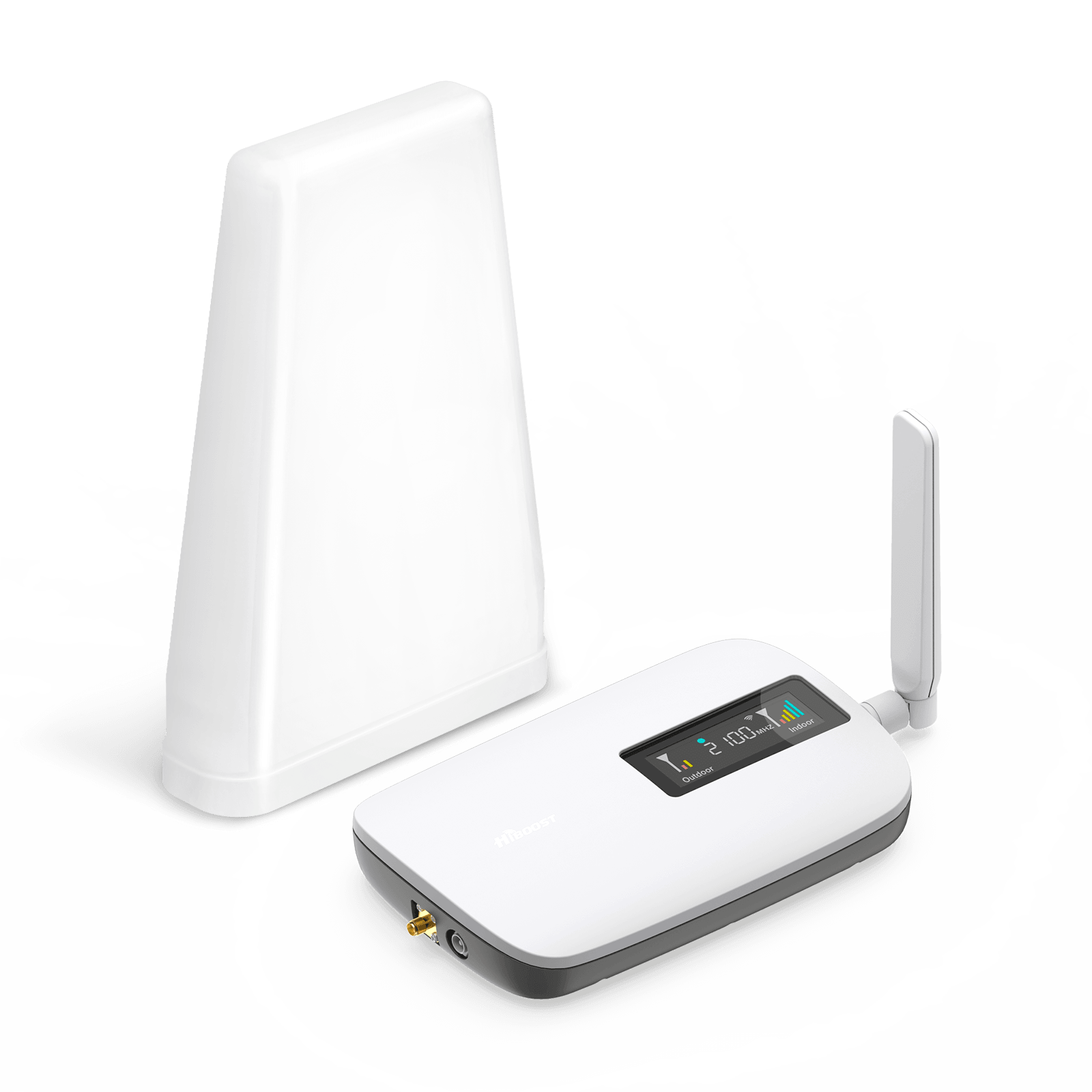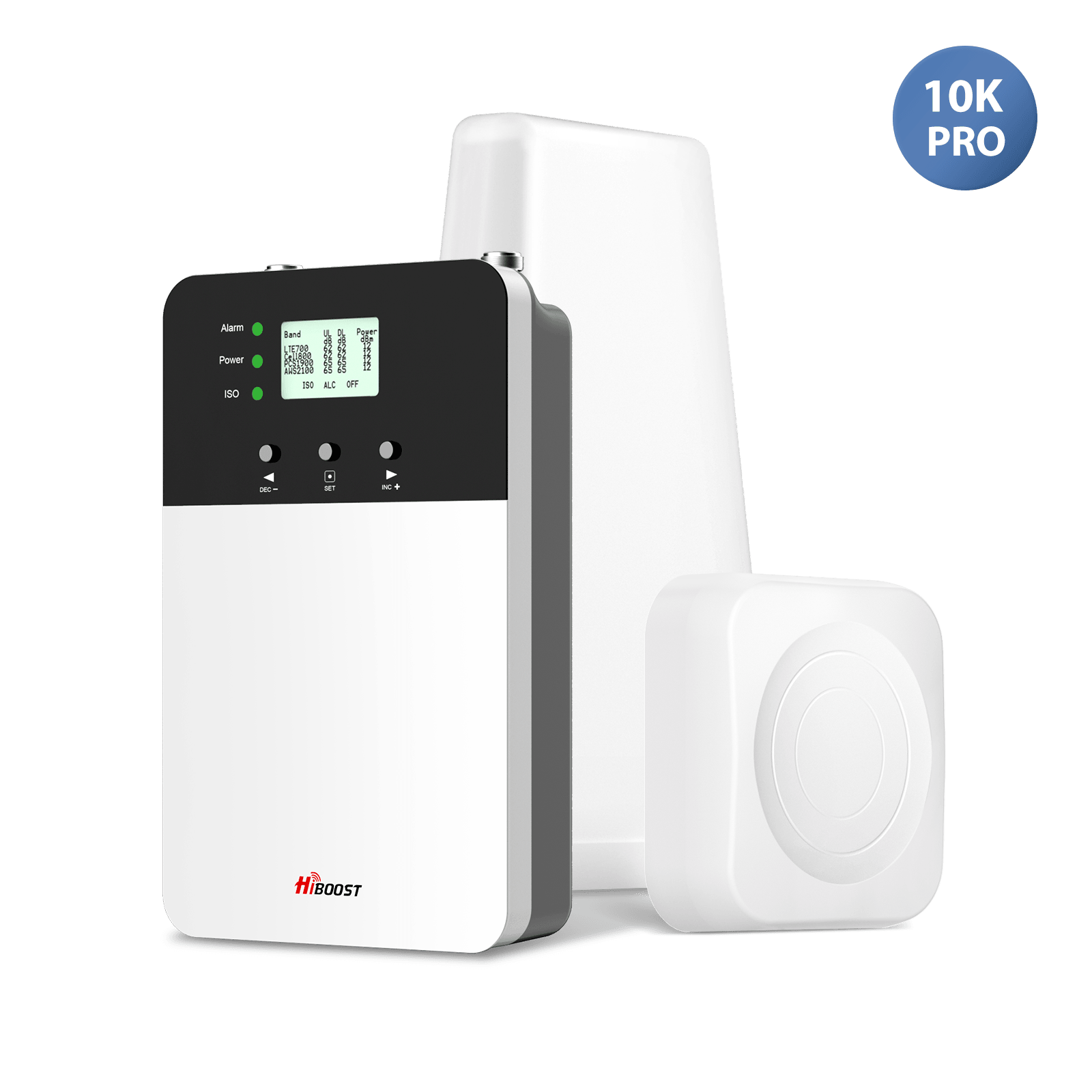Table of Contents
Curious about the reason behind your 5G speed issues despite using a 5G phone? Your connection speed can be affected by numerous factors like distance from 5G towers, high traffic on the network, and signal interference. Buffering videos, dropped calls, slow browsing , and overall poor performance are a function of a weak 5G signal.
Finding 5G towers around you can reduce the 5G internet speed by ensuring that your device connects to the nearest and the strongest signal available. If you are streaming, playing games, or working remotely, you want a steady 5G network. In this guide, we will discuss how to locate 5G towers, how to check for 5G coverage & how to increase the signal strength for a smooth online experience.
Online 5G Tower Locator Tools
Possibly the easiest way to locate nearby 5G towers is through the help of real-time 5G coverage maps showing you untethered and grounded towers, which are created by trusted online sources. These tools allow users to identify the closest 5G cell towers and signal strength.
Top 4 Websites to Find 5G Towers Near You
- CellMapper. net – Show carrier-specific 5G tower locations with crowd-sourced data.
-
npefr.com – An interactive 5G coverage map with speed test integration.
-
FCC 5G Tower Map (US users) — Displays official 5G tower locations to keep it accurate
- Opensignal 5G Cover Map - Gives you access of real-time user-reported signal strength and performance statistics.

Check Your Carrier’s 5G Coverage Map: A Complete Coverage Guide
Before transitioning to a 5G plan or buying a device with a 5G radio, it’s essential to check that your carrier is offering 5G in your region. Data coverage has some variance based on your region (there's full access to 5G, fast data, and high-speed 4G networks).
Another thing you’ll notice is that different carriers use different 5G technologies, which affects the speed and the reliability of your connection.
This guide will show you how to check your carrier’s 5G coverage, what the coverage map means, and whether you’re making an informed judgment.
How Important Is It To Check Your Carrier 5G Coverage
- 5G is Not Fully Available – The truth is that 5G is not implemented in every city, town, or rural area. Others still have 4G LTE or some combination of the two.
- Different 5G Technologies Available — Carriers utilize different frequency bands for 5G, impacting speed, latency, and penetration indoors.
- Its Location Specific: The building or tree or anything the signal travels through, can surely affect the reception!!
- Carrier Network Performance – One carrier may have better 5G coverage in your location than another.

Make sure you consult the 5G coverage map before upgrading to avoid disappointment and ease into next-gen connectivity without hassle.
How to Use Carrier Coverage Maps
Each major carrier has an interactive coverage map that can show you whether its service is available at a given location. Here's how to use them:
1. Verizon 5G Coverage Map
The type of Verizon is 5G Ultra Wideband (mmWave & C-band). It provides ultra-fast speeds but has a limited range; will most likely be present in urban density.
Nationwide 5G (low-band): Wider coverage, but slower 5G speeds closer to 4G LTE.
How to find
- Open Verizon official 5G coverage map
- Search your country, or city in the search.
You can see the red dots on the map indicating Ultra Wideband or blue indicating Nationwide 5G.
2. AT&T 5G Coverage Map
Types of 5G: 5G+ (mmWave & C-band): Access to high-speed coverage in select metropolitan areas.
Standard 5G (Low/Mid-Band): Wider function coverage but moderate speed.
How to Check:
- See AT&T’s actual 5G coverage map.
- Provide your location details (zip, city, address).
- Search for dark blue regions (5G+) or pale blue patches (standard 5G).
3. T-Mobile 5G Coverage Map
Types of 5G: Extended Range 5G (low-band): Coverage over a wide area, with speeds just above what 4G LTE provides.
Ultra Capacity 5G [mid-band & mmWave]): High-speed 5G with the fastest speeds for downloading and low latency
How to Check:
- Opens in a new window Go to T-Mobile 5G coverage map.
- Enter your address or zip code and state
- Get an eye out for light pink (Extended Range 5G) and dark magenta (Ultra Capacity 5G) areas.
4. Dish Wireless and More Regional Players
7 Dish Wireless has an expanding 5G network and is available in certain areas. While some smaller providers (e.g., US Cellular, Spectrum Mobile) are teaming up with the bigger carriers to provide 5G.
How to Check:
- Go to the carrier's site, and search the coverage map.
- Check if you are depending on Verizon, AT&T, or T-Mobile for your coverage.
Steps to Check 5G Coverage
Steps to Check 5G Coverage
Step 1:Visit Your 5G Provider’s Website
Each telecom provider provides an updated map of the areas they are providing the 5G coverage. You can review that by visiting their website.
Every telecom provider has an updated coverage map. Use the official website to reach the proper map for your carrier.

Step 2: Fill in the location and replace
- Type your ZIP code, city, or full address in the search bar.
- Some of these maps enable you to zoom in, to see if things are covered in your neighborhood.

Step 3: Review the Coverage Map
- Look for 5G versus 4G LTE – Confirm that your area actually has true 5G connectivity and not just improved LTE (according to AT&T, 5G E is still 4G LTE).
- Differentiate Between High Speed and Basic 5G Some maps distinguish between mmWave or c-band 5G (fast) vs. low-band 5G (wider but slower).
- Check for Coverage Gaps — In certain areas, especially large cities, 5G coverage is weak or nonexistent.

Step 4: Run an Indoor vs. Outdoor Coverage Test
- mmWave 5G (the ever-faster speeds) has plenty of trouble indoors thanks to its limited range and lack of penetration.
- Low-band 5G has better indoor network coverage, but won’t be a whole lot faster than 4G LTE.

Step 5: Compare With Coverage by Competitor (Optional)
- If your current carrier doesn’t have solid 5G coverage, look at other providers to see if they’re better in your area.
- Others use a different network if another carrier offers better and more reliable 5G.
Additional 5G Coverage Considerations
- Signal Strength May Not Be Ideal — The presence of 5G doesn’t automatically mean you’ll have a 5G signal.
- You Have to Have the Right 5G Bands – Not all 5G phones support mmWave or C-band, so check your phone’s compatibility.
- Urban vs. Rural 5G Cities typically have more advanced 5G infrastructures than rural areas, where 4G LTE coverage may be the prevailing technology.
- Future Expansion: 5G providers are always working on the new updates and upgrading and increasing their coverage regions. So, if your are doesn’t have any 5G now, it may be available soon.
Track 5G Usage By 5G Tower Finder Apps
If you want to make the best use of 5G, then a 5G tower finder app is a must-have that allows you to visually track signal strength and the location of cell towers nearby in real-time.
They can tell you where towers are located, the quality of signals, how congested the network is, and how fast your connections will be, all helping you decide where to find solid spots of 5G service.
Some apps just work great for everyday people who need to check their signal from time to time, and there are people who want to know the details of the network by offering network diagnostics for technical users.
Best 5G Tower Finder Apps
Some of the best apps for searching 5G trees, measuring signal strength and troubleshooting the network are:
1. Network Cell Info Lite (Android)
Network Cell Info Lite is an app that visualizes connectivity information for nearby cellular (2G/3G/LTE/NR) and Wi-Fi networks in a single cell, mobile coverage area on a map and a virtualized surrounding area, and produces this information in an accurate and fast way. Best for the if you want in-depth, real-time signal details.

Key Features:
- Shows tower distance (how far away you are from the tower), direction to the tower (angle of your home direction towards the tower), and signal strength (RSRP, RSRQ, SINR).
- It monitors signals in real-time with graph visualization.
- Works on 5G, 4G LTE, 3G, and 2G networks.
- Indicates which tower your device is connected to.
How to Use:
- Get Network Cell Info Lite from the Play Store.
- This is when you would open the app and allow it to use location.
- See current tower connections, signal stats, and tower locations on the map.
2. Cell Tower Locator (Android)
This is an accurate app that can locate your 5G carrier towers. It is best for locating the nearest 5G and 4G LTE towers with GPS accuracy

Key Features:
- Displays the immediate location of cell towers on a map
- It gives accurate tower locations and IDs.
- Better lower for troubleshooting shows signal strength in decibels (dBm).
- Enables the user to discover the optimal place to get the strongest reception.
How to Use:
- Get it on Google Play Download Cell Tower Locator.
- Find your way to the app and turn on your location services.
- Nearest 5G/4G Towers and Signal Strength Indicators
3. NetMonster (Android)
This app is ideal for advanced users who want deep insights into 5G networks. It can indicate the RSRP, CQI, and EARFCN advanced signal analysis.

Key Features:
- Shows all nearby cell towers (not necessarily connected)
- Advanced signal analyses (RSRP, CQI, EARFCN, etc.)
- Enables network monitoring on a dual SIM setup.
- Aid in diagnostic and improvement of networks.
How to Use:
- Get NetMonster on Google Play.
- Launch the Application and Provide the Permissions.
- Get detailed tower stats and network stats for 5G, 4G LTE, etc.
Locating 5G Towers with Your Phone’s Field Test Mode
There’s a hidden field test mode on both Android and iPhone that displays your 5G signal strength and which tower you’re connected to.
For Android Users
- Go to the dialer and type in *#*#4636#*#* (works in most devices)
- Hit “Phone Info” > “Cell Info”.
- So check RSRP (Reference Signal Received Power) – The closer to 0 dBm means a stronger signal.
For iPhone Users
- Press Call or Dial *3001#12345#
- Go to “Serving Cell Info”.
- It mainly checks 5G NR (New Radio) signal strength in dBm.
| Excellent | -50 dBm to -80 dBm |
| Good | -80 dBm to -90 dBm |
| Weak | -90 dBm to -110 dBm |
| Poor | Below -110 dBm |
Tips to Improve 5G Reception: Make the Most Out of Your Signals
To get the best reception, various elements come into play — from where you are, the presence of other devices causing interference and whether your device settings are optimal. So, we have put together some of the best methods to boost your 5G signal, which will give you faster speeds and better connectivity.
1. Reposition Your Device
High-frequency mmWave 5G signals are especially challenged by obstacles. Adjusting the position of your device can help with reception.
How to Improve:
- Take position close to a window or outside — if possible in order to diminish the interference caused by walls.
- Raise your phone to a higher place to catch a better signal.
- Consult your carrier’s coverage map and move closer to a 5G tower.
2. Use a 5G Signal Booster
A 5G signal booster can strengthen a weak signal in your home.
How It Works:
- An outdoor antenna picks up weak signals from nearby towers.
- Which boosts the signal and sends it inside via an amplifier unit.
- The improved signal is then rebroadcast from an indoor antenna to your device.
Some signal boosters worth considering are HiBoost and weBoost Home MultiRoom.
3. Switch to Wi-Fi When Indoors
If the 5G signal is weak indoors, Wi-Fi provides a more stable connection.
How to Optimize:
- Use a dual-band Wi-Fi router, as 5GHz Wi-Fi offers faster speeds.
- Enable Wi-Fi Calling to improve call quality in low-signal areas.
- Position the router in an open space and avoid placing it behind walls or furniture.
4. Avoid Signal Blockers
The reception of 5G is reduced by physical and electronic barriers.
Common Interference Sources:
- High-frequency 5G waves are blocked by thick walls and concrete structures.
- Signal distortion occurs in metal surfaces and reflective glass.
- Other electronics create interference, like microwaves and Bluetooth devices.
Consider using your device away from dense walls and electronic clutter to get better reception.
5. Restart Your Phone
Restarting forces your device to reconnect to the nearest 5G tower, giving network settings a refresh.
Steps to Restart:
- Switch off your smartphone entirely.
- Wait for 10 to 15 seconds and turn it back on.
- Verifying if the signal has improved
6. Update Carrier Settings
Errors in your network settings might also hinder 5G performance. Updating helps to solve networking issues.
How to Update:
- On iPhone, tap Settings > General > About. If so, you will be prompted to update.
- If you’re on Android, visit Settings > About Phone > Software Update and look for updates.
- If so, contact your carrier’s customer support to manually configure it.
FAQs - How To Find a 5G Tower Near You
How can I locate the closest 5G tower?
For example, CellMapper or apps like OpenSignal can be used to locate the nearest 5G tower. These tools rely on crowdsourced data to show you the locations of cell towers based on the address you enter or your current GPS location. Other carriers also publish their own coverage maps showing where their towers are placed. Make sure you allow it to use your location for the best results.
Methods for the perfect 5G spot:
Find the BEST 5G location – Move closer to windows or higher levels to avoid interference. The signals can be weakened by physical barriers, such as walls and furniture. Signal strength apps can help you identify the best reception spots. Experiment with different places and areas which may help you to find the most reliable connection.
What is the range of a 5G tower?
Distance for a 5G tower depends on the frequency band. Low- and mid-band frequencies can cover about 1 to 3 miles (1.6 to 5 kilometers). In comparison, high-band (mmWave) frequencies have a significantly shorter range of about 600 meters and have more vulnerability to obstructions. So, in network design, it is common to utilize multiple small cells so that dedicated coverage can be achieved.
Popular Articles
Quickly Find Cell Towers Near Me for the Best Network Coverage
How to Quickly Locate a Cell Tower Near You
What Are the Differences Between a 4G and a 5G Tower?
What Is a Cell Tower and How Does a Cell Tower Work?
How Does The Mobile Hotspot Work
Why You Need a T-Mobile Signal Booster
Struggling with Verizon Signal? 10 Proven Ways to Boost Your Cell Phone Reception






Leave a comment
All comments are moderated before being published.
This site is protected by hCaptcha and the hCaptcha Privacy Policy and Terms of Service apply.